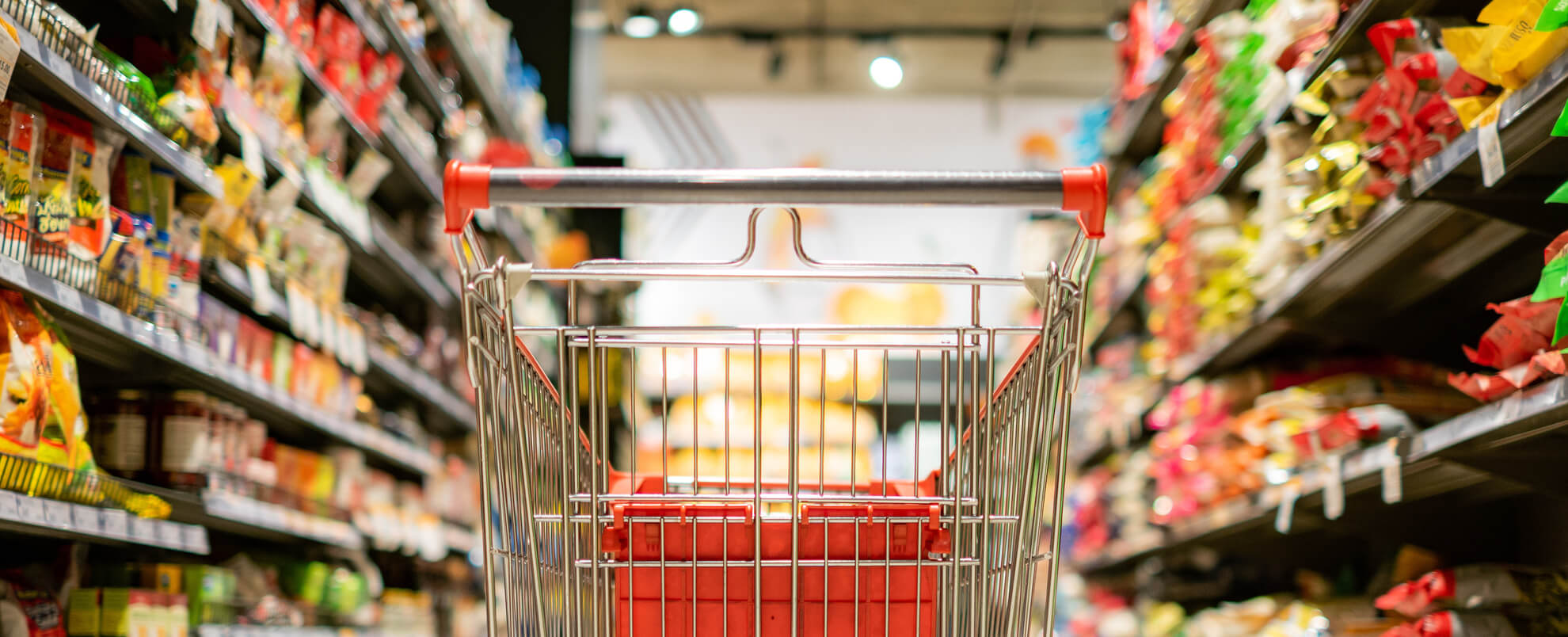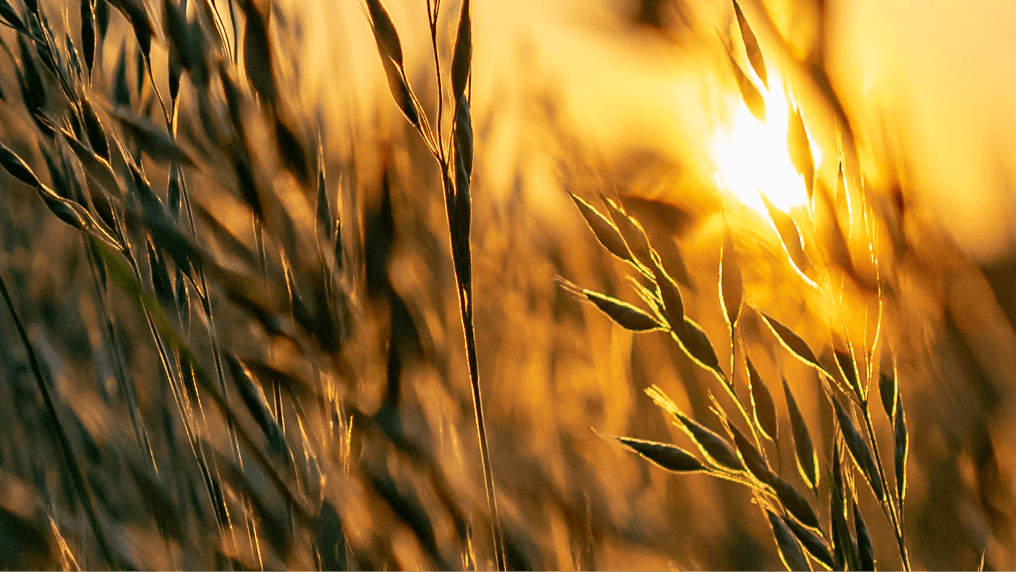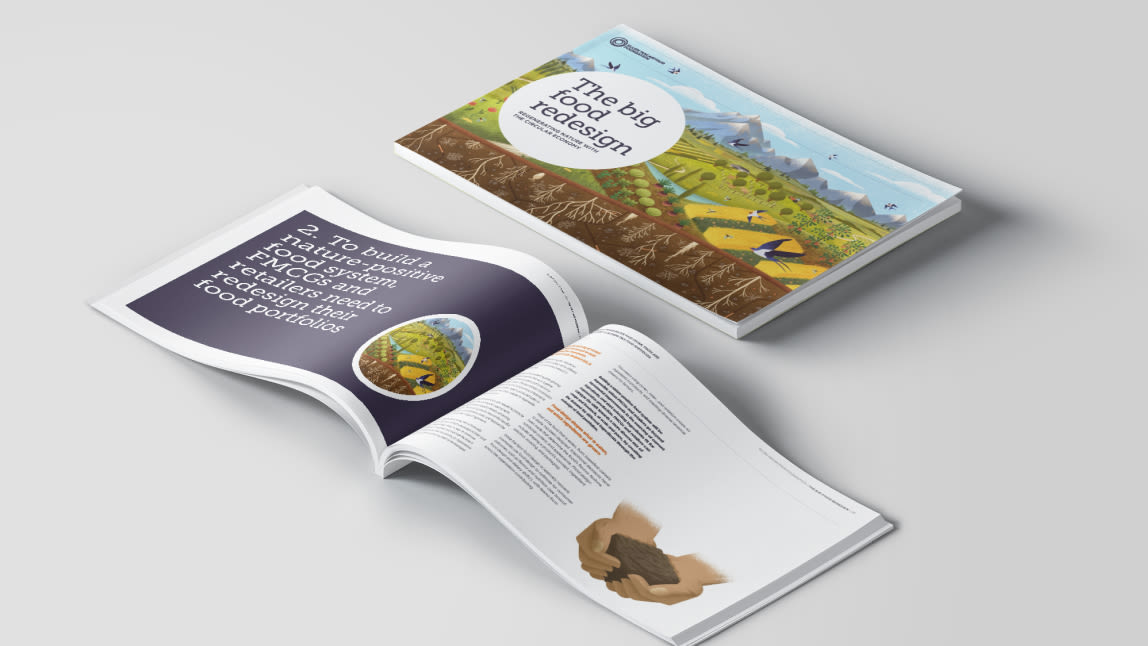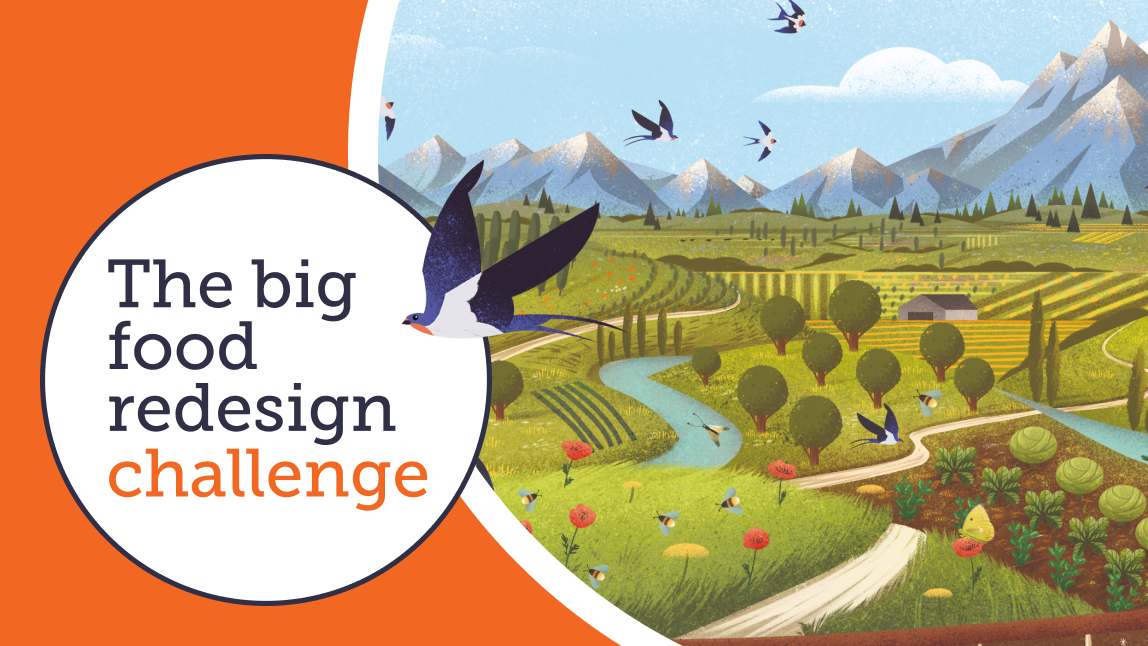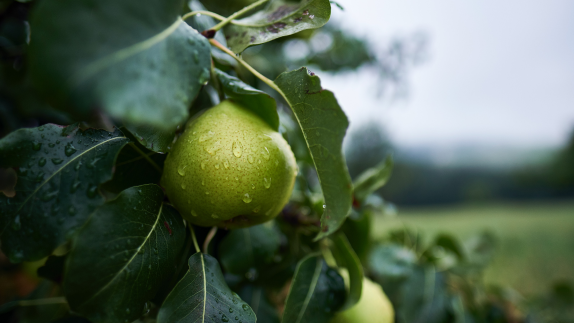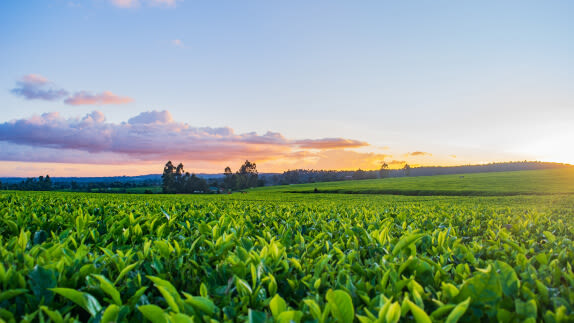Can this World Food Day be the one that heralds a whole new way of designing food to help nature thrive?
Last Monday evening I grabbed a trolley and walked through the sliding glass doors into the bright lights of my local supermarket.
I was bored of the same things I usually pick up on auto-pilot. I would have quite liked something different; food that tastes good (obviously), doesn’t involve me chopping for hours, but hasn’t depleted the environment in its creation.
Even better, a product that goes one step further and actively replenishes the environment as a by-product of the growing or rearing of its ingredients. A purchase that will make me feel that my spending choices have a positive impact on the natural world.
On today’s World Food Day, we are tangibly closer to making that vision more than just an occasional novelty, but the norm in supermarket aisles right across the world.
We at the Ellen MacArthur Foundation, together with our partner the Sustainable Food Trust, have just signed up 237 food companies from 38 countries to participate in the Big Food Redesign Challenge. This is an exciting project that will support food manufacturers to find ways to practise ways of producing food that will actively help nature thrive, and do it in a way that can be scaled.
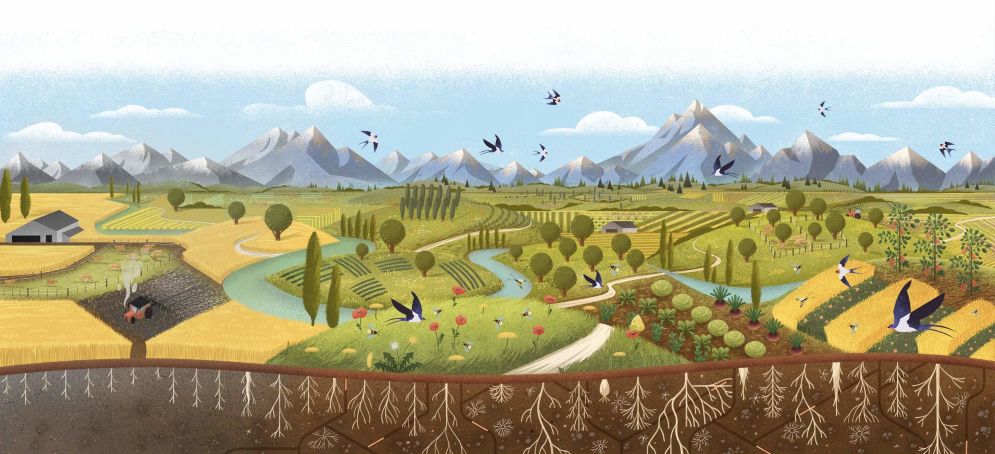
By the time the next World Food Day arrives, our first retail partner Waitrose will be planning for the successful products to reach its shelves. If you work for a retailer that is keen to stock innovative food products, there’s still time to join the project. Just email the food team at the Ellen MacArthur Foundation on challenge@bigfoodredesign.org
What goes around comes around
Our mission is to accelerate the transition to a circular economycircular economyA systems solution framework that tackles global challenges like climate change, biodiversity loss, waste, and pollution. It is based on three principles, driven by design: eliminate waste and pollution, circulate products and materials (at their highest value), and regenerate nature. – a system that seeks to eliminate waste and pollution by redesigning products and business strategies.
One way to incorporate this vision into a plan to overhaul the food system is via circular design for food. This means rethinking the way manufacturers create food products to allow nature to thrive. At the heart of this is prioritising sourcing from farmers who are using regenerative methods of production.
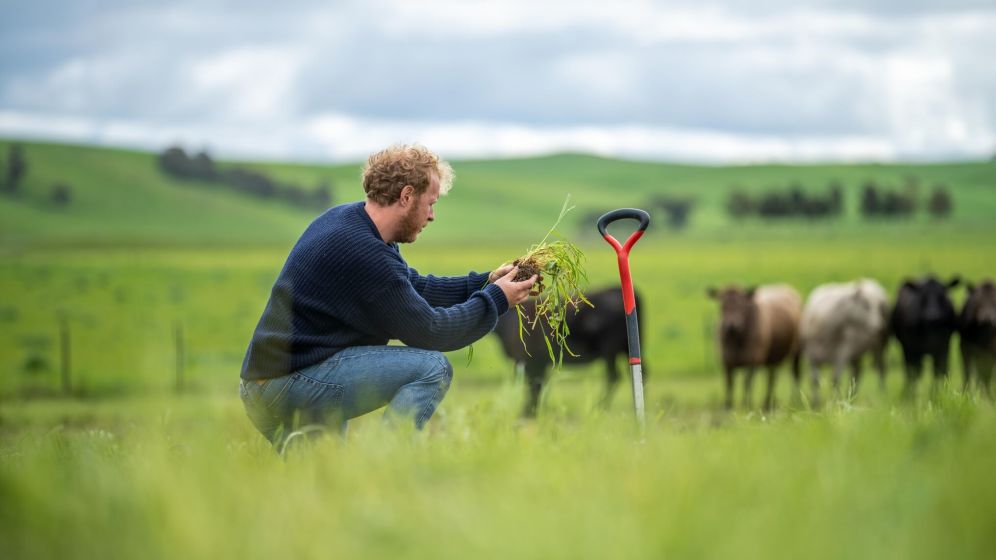
The design framework also covers other opportunities for ingredient selection and sourcing; planning the use of more diverse ingredients so that this diversity, and hence resilience, is reflected in our countryside; ‘upcycling’ (maximising human consumption of crops and livestock), and prioritising growing and rearing species and types that have a lower impact on the environment.
Our research shows that doing this can boost farmer revenues, as well as bring commercial opportunities for manufacturers (and keep them on the right side of gathering legislative pressure). But it will require some big changes to traditional ways of sourcing, producing and marketing food, in ways that the Challenge aims to explore and support with.
The motivation for this project, part-funded by the People’s Postcode Lottery, has never been more pressing.
It’s been known for a while that the food system is a huge contributor to climate change, contributing to one third of the greenhouse gases that are over-heating our planet. The link with biodiversity loss is proven, too. Over the summer a new study made this grimly clear.
It revealed that the use of pesticides and fertilisers in intensive agriculture is the biggest factor behind a 25% drop in birdlife across Europe since 1980. On farmland the picture was even more desperate - a 57% loss of species.
A taste of food to come
Our cohort of corporate food explorers within the Challenge know that although farmers are the key to regenerating the land, they have just as important a role to play. If they can apply circular principles to the way they create food and drink products, this can unlock a future full of productive and diverse landscapes that include thriving soils, the ability to store carbon and water, and that don’t need chemical help.
Nature has already nailed this, and offers the best template for the future. To take just one example, if farmers grow more peas and beans this will help them avoid fertiliser use as these crops help to draw nitrogen (a major component of fertilisers) from the atmosphere into the soil.
But in order to have the confidence to start planting these crops they need reliably consistent demand from food manufacturers with plenty of ideas about how to use peas, beans (and a wealth of other diverse ingredients) in food products. Also important will be adapting their traditional processes of planning, financing, sourcing and marketing, in order to sustain the supply chain.
Retailers form the final part of this essential triad of collaboration to bring circular design for food to life at scale. Our participant companies are spending this month refining and delivering their submissions – ideas for products that can satisfy our hunger without degrading natural resources.
Our participant companies are spending this month refining and delivering their submissions – ideas for products that can satisfy our hunger without degrading natural resources.
The next step for retailers will happen early next year when we will invite them to view a gallery of all these innovative products designed with nature in mind.
Will there be something ready on shelf for the next time I, or someone like me, am ready to use my shopping budget to vote for nature?
